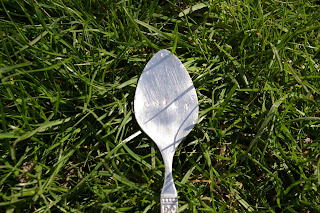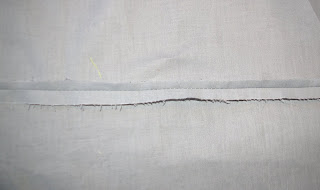I'm so excited to be swapping blogs today with the wonderful Kassi from Truly Lovely! Everyone make sure to check out Truly Lovely and all the great projects and posts she has on there. Also make sure to stop by her blog every Friday and link up your projects to her Fancy This Fridays link parties!
Now it is my great pleasure to introduce you to Kassi!
________________________________________________
Hello lovely Eye Spy DIY readers!!
I am so thrilled to be able to be here blog swapping with the lovely Katie today! If you're having Katie withdrawals... Which I'm sure you are...
You can visit her over on my blog today!!
She is this week's Bloggie Bestie over at Truly Lovely!!!
Now it is my great pleasure to introduce you to Kassi!
________________________________________________
Hello lovely Eye Spy DIY readers!!
I am so thrilled to be able to be here blog swapping with the lovely Katie today! If you're having Katie withdrawals... Which I'm sure you are...
You can visit her over on my blog today!!
She is this week's Bloggie Bestie over at Truly Lovely!!!
In the meantime... I'm Kassi from Truly Lovely!
Truly Lovely is a blog by myself and my sister Kayli about the things that we consider to be well... Truly Lovely!! :)
You can read more about my sister and I
AND our blog by clicking that lovely little button down there. :)
The materials needed are:
2 yards of fleece fabric
1 package of coordinating satin blanket binding
Coordinating yarn
Coordinating sewing thread
Pins
Pins
Yarn Needle
Scissors
Sewing Machine
In this case I went with zebra fabric and all red coordinating materials.
First trim your fleece fabric of any uneven edges or those funky white labeled edges... You know what I'm talking about... :)
Then, using the Yarn Needle, stitch your thread down the two length sides of your fabric like so... I spaced each stitch about a half an inch apart...

Next you'll pin and trim your satin binding to the two width sides (the two shorter sides)... The binding will have a fold down the middle, simply line that fold up with the edge of your fabric, making sure it's centered so there's an even amount of binding on both sides...

Fold over the edges of the binding to make your four corners and pin those as well. You can either trim or fold the extra binding inside to make your corner.

Once you have the binding pinned onto both sides, get out the sewing machine. I used red thread to match the binding...
If you sew really well, you can use a varying color of thread for added pop!!! I don't so much... SO matching thread hides my inexperienced sewing skills. :)
(I'm a little addicted to zebra print... can you tell?!?)

Next you'll pin and trim your satin binding to the two width sides (the two shorter sides)... The binding will have a fold down the middle, simply line that fold up with the edge of your fabric, making sure it's centered so there's an even amount of binding on both sides...
Fold over the edges of the binding to make your four corners and pin those as well. You can either trim or fold the extra binding inside to make your corner.
Once you have the binding pinned onto both sides, get out the sewing machine. I used red thread to match the binding...
If you sew really well, you can use a varying color of thread for added pop!!! I don't so much... SO matching thread hides my inexperienced sewing skills. :)
(I'm a little addicted to zebra print... can you tell?!?)
Simply sew the binding to the fleece pulling pins as you go.
And TaDA!!!! A SUPER EASY fleece blanket made by you!
They make great baby gifts, or gifts for friends or family!! :)
Hope you enjoyed my tutorial!!
We would love it if you would pop over to Truly Lovely to say hi!
AND if you like what you see we would LOVE a follow! :)
Hope to see you there!!
THANKS SO MUCH TO THE LOVELY
MISS Katie of Eye Spy DIY
for blog swapping with us today!!!
Thanks so much Kassi for that great tutorial and for being my Bloggie Bestie!
Make sure to go visit me today over at Truly Lovely!







































